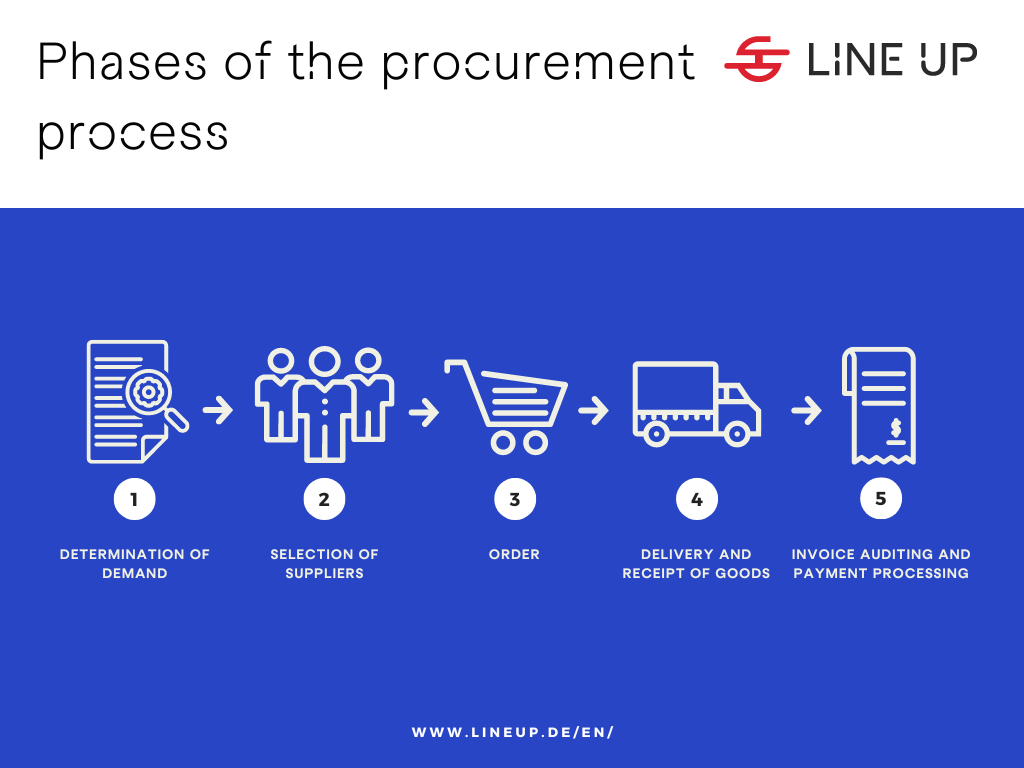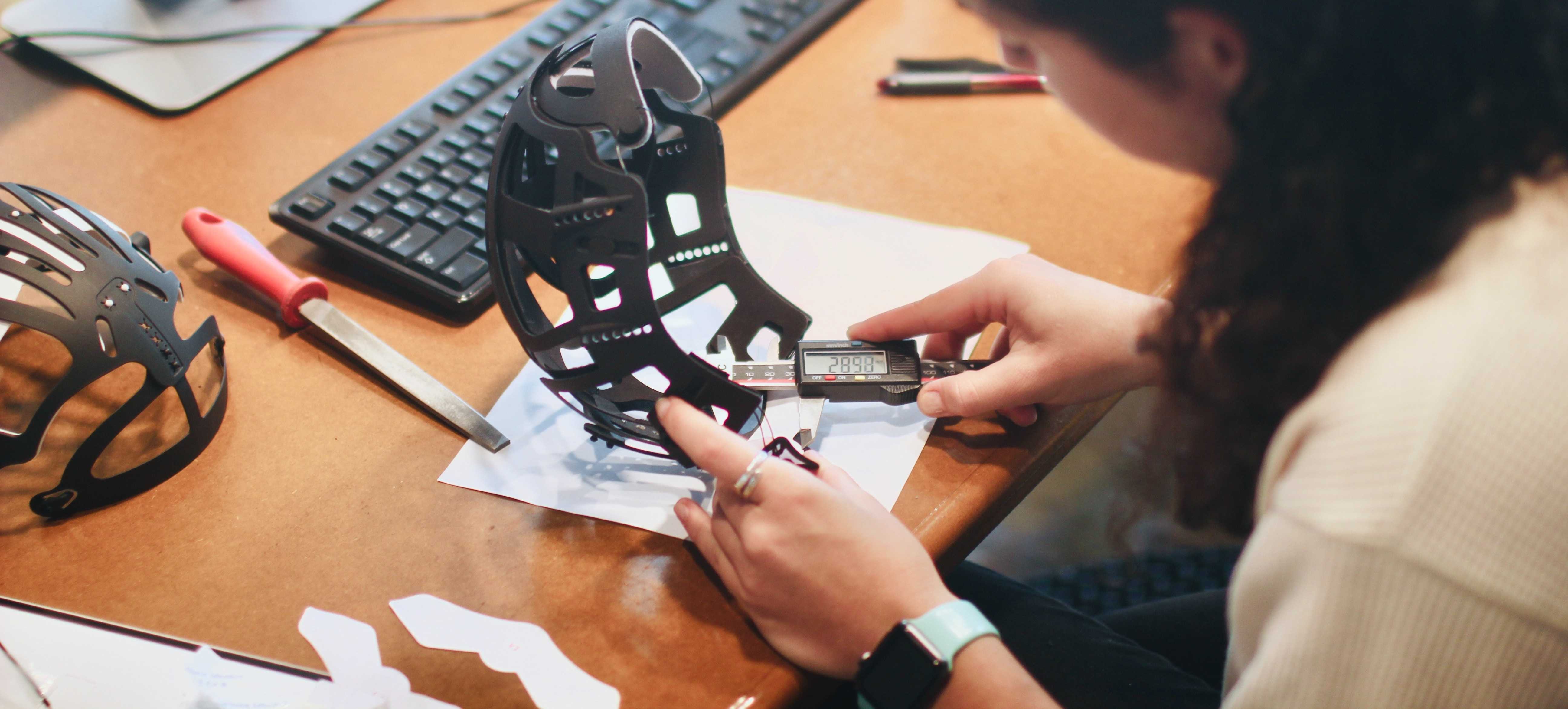Table of Contents
Sourcing: Phases of the procurement process
Reading Time: 4 min.

An effective procurement process is the heart of every successful company. Procurement not only ensures that all the required materials and services are in the right place at the right time, but also optimises costs and efficiency. In this article, we will dive into the individual phases of the procurement process and show you how you can sustainably increase your competitiveness through strategic sourcing and supply chain management. Let's find out together how you can get the most out of your procurement process!
Procurement management: the 5 phases in detail
1. determination of demand
The first step in an effective procurement process is to determine requirements. The first step is to determine what is needed, when and in what quantities. A thorough needs assessment is important in order to avoid excess stock and at the same time ensure that everything required is available on time and just-in-time. This step lays the foundation for a smooth process in the subsequent phases.
2. selection of suppliers
Once the requirements have been determined, the supplier selection begins. This phase is crucial, as the choice of the right supplier is decisive for the quality and reliability of the supply. Price, quality and delivery time play a central role here. By carefully evaluating suppliers, you can identify the best partners for your company and minimise potential risks. Once you have evaluated suitable suppliers, you need to select the best partner and negotiate the conditions and framework agreements. Whether you opt for single sourcing, multiple sourcing, modular sourcing or global sourcing, for example, the choice of sourcing method should be made strategically to support your long-term business goals. Line Up can support you in this phase with a large global network of suppliers.
3. order
When you place your order, you put everything into practice. This requires precision, as all details - from the quantity to the price to the delivery conditions - must be recorded precisely. Nowadays, ordering processes are often handled digitally. By using e-procurement and other modern tools, you can not only optimise your processes, but also optimise costs in the long term. With digital supply chain management tools, such as the Line Up Dashboard, this can be done in no time at all. Digital tools also offer further advantages through functions such as real-time order data tracking or order management.
4. delivery and receipt of goods
As soon as the order has been placed, it is time for delivery. Goods receipt is an important point at which the delivered goods are checked for quality and completeness. A well-organised incoming goods process in logistics ensures that only flawless products are processed or stored, which in turn ensures the quality and efficiency of the entire supply chain.
5. invoice auditing and payment processing
After successful delivery, the invoice is checked. This step ensures that all invoices are correct and fulfil the requirements. This is followed by payment processing. Payment processing is crucial to avoid unnecessary costs and maintain a good relationship with your suppliers. Transparency and accuracy are key here.

Conclusion
The procurement process is more than just purchasing goods - it is a strategic lever that can determine the success or failure of a company. By carefully planning each phase and continuously driving forward process optimisation, you can not only reduce costs, but also increase efficiency and secure your long-term competitiveness. Utilise the potential that lies in a well thought-out procurement process and make your company fit for the future!
We would be happy to advise and support you with your procurement process or supply chain management, simply contact us using our contact form. Read our other blog articles on the subject of procurement; in our last blog article on this topic, we take a closer look at sourcing methods.
Newsletter Registration
Sign up now for our free Line Up newsletter and stay up to date.





